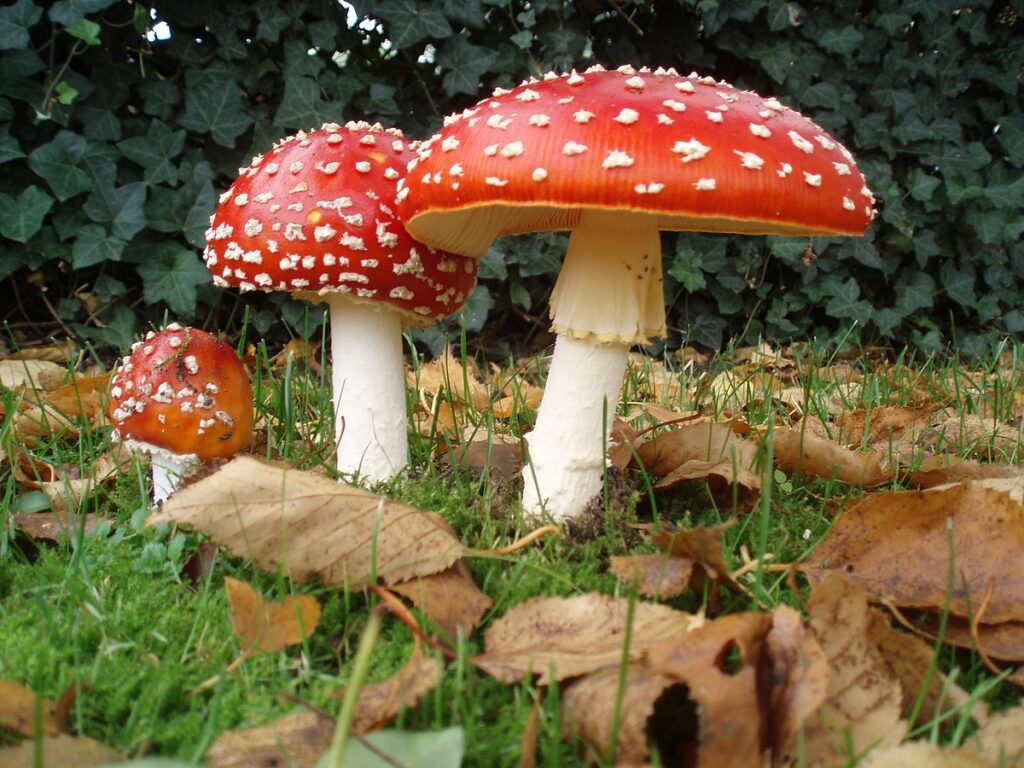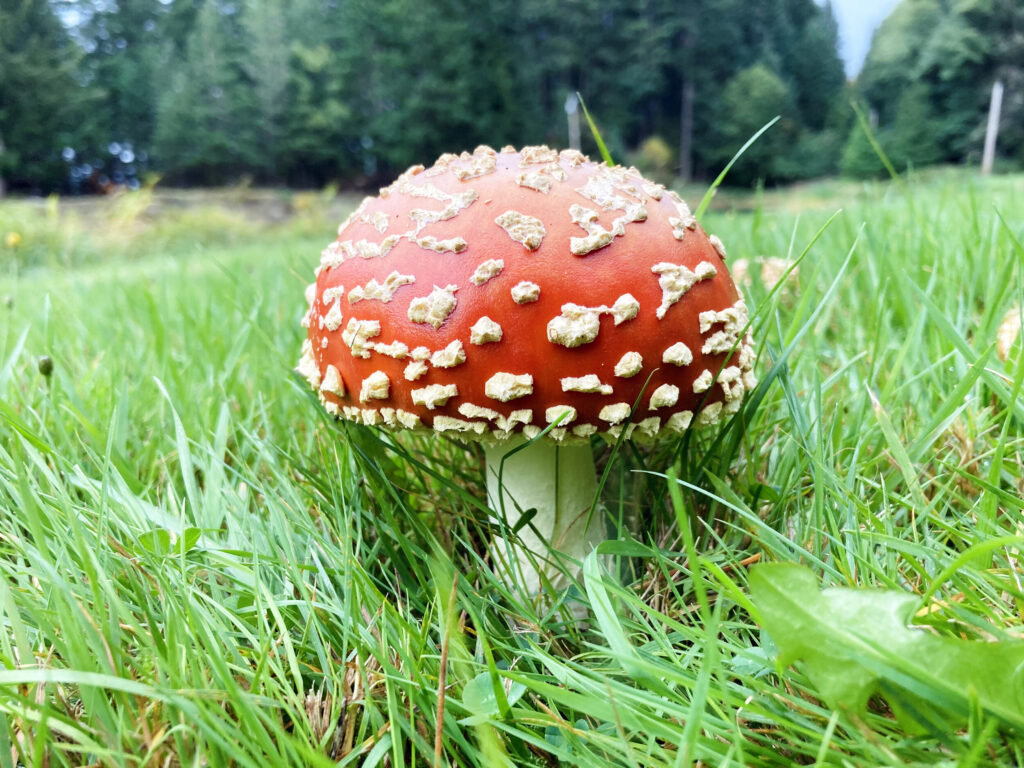Are you worried about the future of Amanita Muscaria farming and the mushroom industry?
Technology has created a potentially positive impact on this field! With advances like automation, farmers have been able to take full advantage of this robust cycle. Discover more about technology’s influence on the muscaria fungus industry and how it affects Amanita Muscaria farmers.
The Impact of Technology on Amanita Muscaria Farming

Source: youtube.com
Amanita muscaria, commonly known as fly agaric, is a popular edible mushroom found in temperate and boreal forests around the world. It is a challenging crop to cultivate commercially, due to its specific cultivation requirements and the potential of human error in managing the crop. With advances in technology in recent years, efforts have been made to improve Amanita muscaria farming practices, making the process more efficient and higher yield results more consistent. It is important to note that while Amanita muscaria is a popular edible mushroom, its toxicity can vary greatly depending on the geographic location, season, and individual physiology, making it crucial to source from reputable and knowledgeable vendors when seeking amanitas muscaria for sale.
The use of Global Positioning Systems (GPS) has enabled farmers to collect data on Amanita muscaria populations for research purposes. This data can be used to track environmental trends that affect the plants, such as precipitation levels and temperature fluctuations. Additionally, GPS can be used for precision farming techniques such as fertilizer application, irrigation optimization and weed control. With GPS-assisted methods, farmers can better target areas of their fields that need attention while avoiding costs associated with over-application of inputs such as water or chemical fertilizers.
Robotics technology has also been adopted by some Amanita muscaria farmers to streamline their production practices. Automated systems are now used to do tasks including soil sampling or harvesting at precise times which was traditionally done by hand. These robots are able to quickly process data from the field which helps identify potential problems faster than manual labor could previously manage. By enabling manual labor roles such as mushroom pickers with automated task assistance technology, farmers can save time and resources while producing higher quality produce.
The Impact of Technology on the Fungal Industry

Source: en.wikipedia.org
Technology has had an immense impact on the farming and harvesting of Amanita muscaria mushrooms, as well as on the entire fungal industry. Automation, machine learning and data-driven solutions have improved efficiency, productivity and quality throughout the entire value chain.
The use of robots in mushroom farming, for example, has drastically cut production times and labor costs. These robots are designed to pick mushrooms with precision and accuracy, allowing farmers to harvest more mushrooms faster than before. Additionally, these robotic pickers can be customized to pick different types of mushrooms depending on their size or color.
Overall tech innovation has revolutionized how Amanita Muscaria are farmed — from improving harvesting efficiency to creating even more potent strains — making it easier than ever before for those in the fungus industry to maximize profits while providing healthier products for consumers around the globe.
Conclusion

Source: lummi-island.com
In conclusion, technological advances in recent years have significantly impacted farming and other related activities involving Amanita muscaria, such as the production of food products and medicines. Indeed, specialized mushroom farms are increasingly utilizing technologies that enable better cultivation conditions than those provided by traditional methods. This technology has resulted in more efficient harvesting, quality control, and post-harvest handling processes that lead to enhanced quality assurance for consumers.



